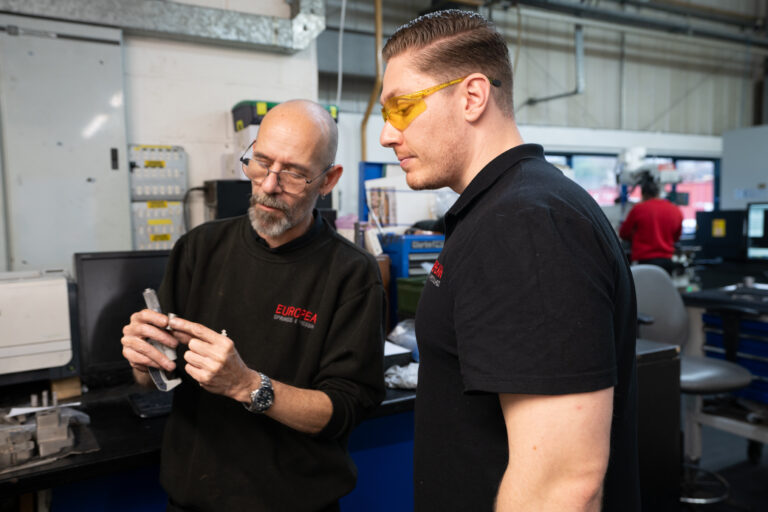Greatest Feats of Engineering: Part 5 – The Tokyo Sky Tree
05/05/2015 Continuing on with our series of the greatest engineering feats, this next instalment will be focusing on a more
Home › News & Updates › Page 37
05/05/2015 Continuing on with our series of the greatest engineering feats, this next instalment will be focusing on a more
30/04/2015 As leading spring manufacturers, here at European Springs we supply a wide range of high quality spring products, from
27/04/2015 At European Springs, we love to highlight the many areas where innovative components like our die springs are used,

24/04/2015 In our latest instalment of our running series, we took a look at the Great Wall of China. Today
23/04/2015 Each year, a young wannabe-engineer is presented with the impressive title of UK Young Engineer of the Year, and
21/04/2015 In the latest instalment of our continuing series on the greatest feats of engineering, we’ll be looking at the
17/04/2015 Here in the second instalment of our series on accidental innovations, we'll be looking at more of the fascinating
15/04/2015 At European Springs, we're very proud of our team, and we love to celebrate their achievements. So, when our
14/04/2015 Sci-fi is fast becoming reality. Nothing illustrates this better than the recent advances made in the revolutionary field of

And even if we don’t have exactly the tool we need, European Springs’ in house technology enables us rapidly to design and make complex tools, allowing us to offer more competitive prices.



© Copyright 2025 | European Springs
Designed, Promoted and Powered by SQ Digital